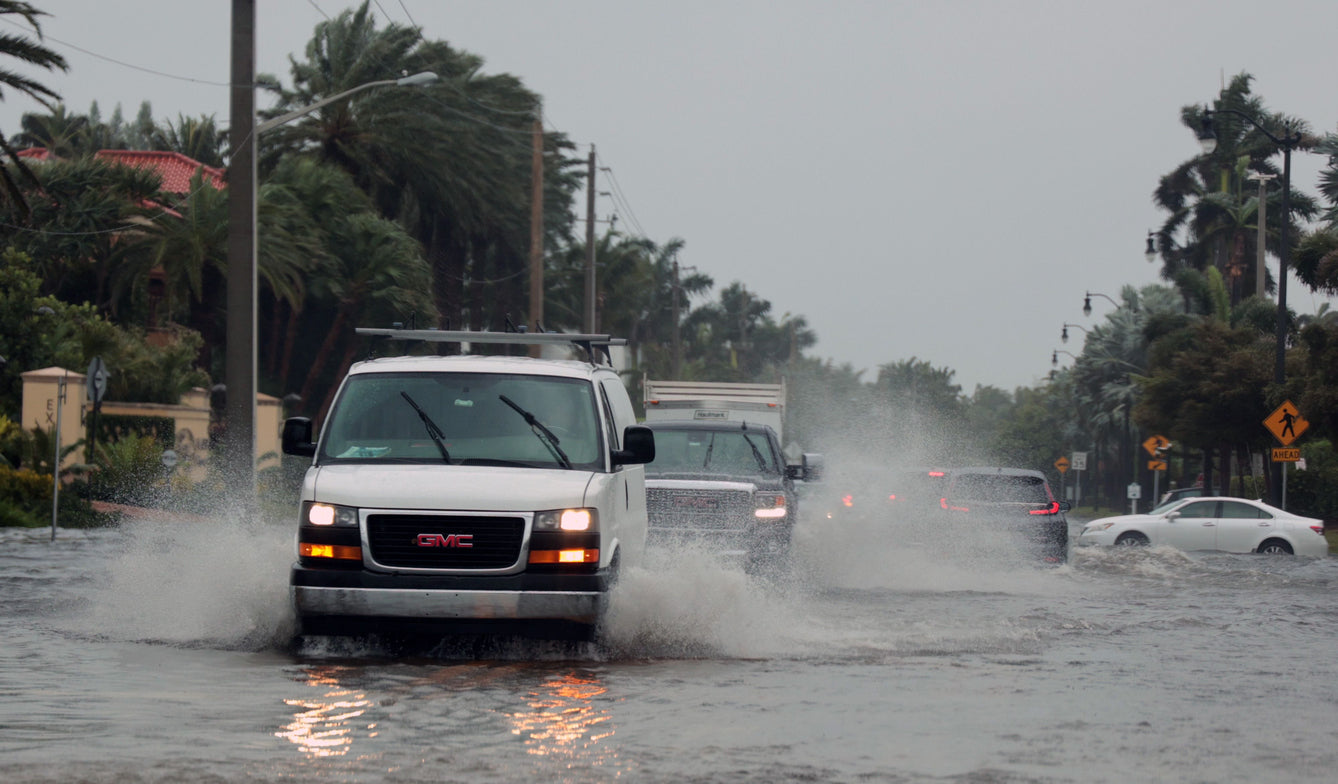Flooding disasters in the Northeast region can have devastating consequences, affecting communities, infrastructure, and the overall well-being of residents. These disasters occur as a result of heavy rainfall, snowmelt, hurricanes, or tropical storms, leading to overflowing rivers, flash floods, and widespread water damage. Understanding the impact of flooding and the subsequent recovery efforts is crucial for affected communities and the resilience of the region as a whole. In this article, we will explore the consequences of flooding disasters in the Northeast and shed light on the recovery process.
Impact of Flooding Disasters
-
Infrastructure Damage: Floodwaters can severely damage roads, bridges, buildings, and utilities, disrupting transportation systems and hindering access to essential services. The integrity of structures can be compromised, leading to long-term repairs and reconstruction efforts.
-
Property Damage: Residential and commercial properties are often significantly affected by flooding. Water intrusion can result in the loss of personal belongings, damage to building structures, and the growth of mold and mildew, necessitating extensive cleanup and restoration.
-
Health and Safety Risks: Flooding increases the risk of waterborne diseases, mold-related illnesses, and other health hazards. Standing water and contaminated floodwaters can carry pathogens, chemicals, and debris, posing threats to public health. Displaced residents may also face challenges in accessing healthcare services.
-
Economic Disruption: Businesses and industries suffer from flood-related disruptions, including temporary or permanent closures, loss of inventory, and reduced productivity. The economic impact extends beyond the immediate aftermath, affecting local economies and livelihoods.
-
Environmental Consequences: Flooding can lead to soil erosion, water pollution, and damage to ecosystems. It can result in the displacement or harm of wildlife, contamination of water sources, and the disruption of natural habitats.
Recovery Efforts
-
Emergency Response: Following a flooding disaster, emergency response teams, including local authorities, first responders, and humanitarian organizations, mobilize to provide immediate assistance. They focus on rescuing affected individuals, providing medical aid, and ensuring the safety of the community.
-
Assessment and Damage Evaluation: Once the floodwaters recede, authorities assess the extent of the damage to infrastructure, public services, and private properties. This evaluation helps prioritize recovery efforts and allocate resources effectively.
-
Cleanup and Restoration: Cleanup operations involve removing debris, silt, and contaminated materials from affected areas. Restoration efforts encompass repairing damaged infrastructure, rehabilitating buildings, and ensuring that utilities and essential services are restored.
-
Community Support and Aid: Local and national organizations, along with governmental agencies, offer support to affected communities. This includes providing temporary shelters, distributing food, water, and essential supplies, and offering financial assistance to aid in recovery and rebuilding efforts.
-
Long-Term Resilience Planning: Flooding disasters highlight the importance of long-term resilience planning. This involves implementing measures to mitigate future flood risks, such as improving drainage systems, constructing flood barriers, and enhancing early warning systems. Collaboration between government entities, community organizations, and experts is crucial to developing and implementing effective resilience strategies.
-
Psychological Support: Flooding disasters can have a significant psychological impact on individuals and communities. It is important to provide mental health support and counseling services to help affected individuals cope with trauma, loss, and the stress of recovery.
-
Education and Awareness: Promoting public education and awareness regarding flood preparedness, early warning systems, and evacuation plans is vital. Providing resources and information on flood-resistant construction, insurance coverage, and emergency protocols can help communities better prepare for future flooding events.
Conclusion
Flooding disasters in the Northeast have far-reaching impacts, affecting infrastructure, property, health, and the economy. Recovery efforts involve immediate emergency response, damage assessment, cleanup, restoration, community support, and long-term resilience planning. By addressing the immediate needs of affected communities, promoting long-term resilience strategies, and providing necessary resources and support, the region can recover from flooding disasters and build a more resilient future.
FAQs (Frequently Asked Questions)
1. Can flooding disasters be prevented? While it is challenging to prevent flooding disasters entirely, measures can be taken to mitigate their impact. These include implementing proper land-use planning, constructing flood control systems, maintaining drainage infrastructure, and raising awareness about flood preparedness and early warning systems.
2. How long does the recovery process take after a flooding disaster? The recovery process after a flooding disaster can vary depending on the severity of the damage, available resources, and the efficiency of response efforts. It can take months or even years to fully recover, especially in cases of widespread devastation.
3. Are there any long-term health risks associated with flooding disasters? Flooding disasters can pose long-term health risks, such as exposure to mold, waterborne diseases, and mental health challenges. It is crucial to address these risks through proper sanitation, cleaning, and providing mental health support to affected individuals.
4. How can individuals prepare for future flooding events? Individuals can prepare for future flooding events by staying informed about flood risks in their area, having an emergency plan, creating a disaster supply kit, and obtaining flood insurance coverage. They should also be aware of evacuation routes and heed warnings issued by local authorities.
5. What can communities do to enhance resilience against flooding disasters? Communities can enhance resilience by implementing flood-resistant infrastructure, improving drainage systems, adopting zoning regulations, developing early warning systems, and educating residents about flood preparedness and response. Collaboration between community members, government entities, and experts is crucial for effective resilience planning.

